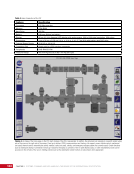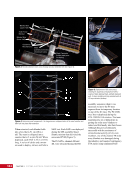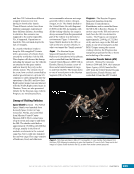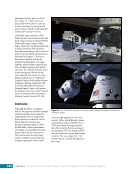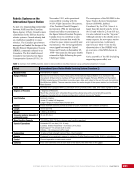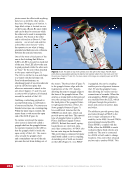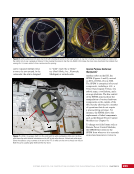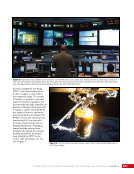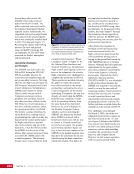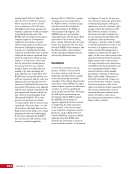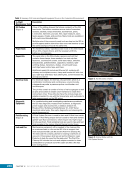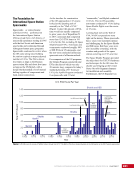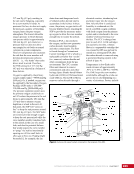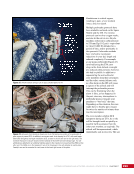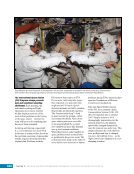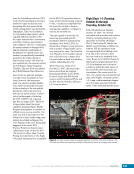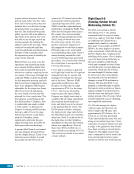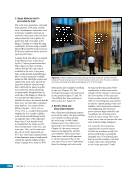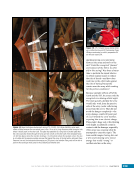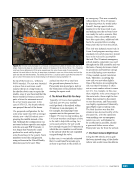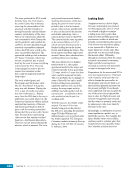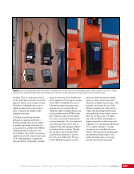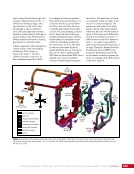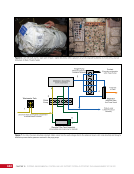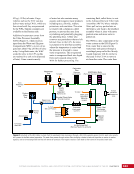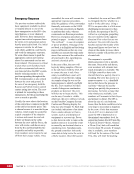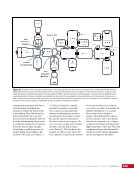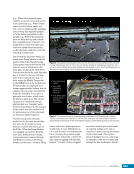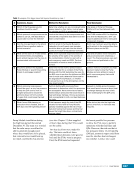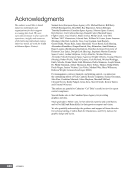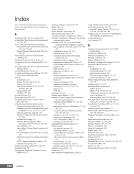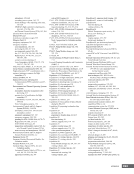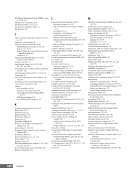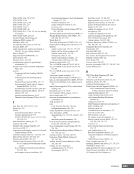33 DAY IN THE LIFE: LIVING AND WORKING IN SPACE AND ON THE GROUND CHAPTER 2 increment or mission plaque. The plaque is the patch design that was developed by the crew and placed by the flight director’s console during the increment. This event is typically scheduled when the crew can also attend the on-board crew via videoconference is tied in to the event. Visitors to Mission Control will see dozens of these plaques hanging in the various flight control rooms. See Figures 13 and 14. Figure 13. On February 17, 2016, Operations Support Officer Chelsea Shepherd gets the honor of hanging the plaque for her work during Increment 45. Behind her is lead increment flight director Mike Lammers (center), flanked by astronauts Kjell Lindgren on his left and Kimiya Yui on his right. In the background, Expedition 46 astronauts Scott Kelly (commander, on the right within the screen image), Tim Peake (image center), and Tim Kopra (image left) support the ceremony with a live video link from the ISS. Figure 14. Expedition 19/20 plaque-hanging ceremony in Mission Control on November 5, 2009. Left to right: astronaut Michael Barratt, Lead Flight Director Courtenay McMillan, cosmonaut Gennady Padalka (behind McMillan), Telemetry Information Transfer and Attitude Navigation specialist Andrew Lee, Ground Controller Mitch Venable, astronaut Koichi Wakata, and astronaut Tim Kopra. Lee and Venable jointly hung the Soyuz TMA 14 plaque, as decided by McMillan. Conclusion Each increment takes a great deal of teamwork between the flight controllers and the crew. More than a year before the astronauts fly, a dedicated team of flight controllers led by a flight director begins training the crew and preparing all the operations and procedures that will be needed during that time frame, and provides support as they complete training. Once the crew is launched, the team is responsible for all day-to-day operations. When the time frame is over, the team reviews what worked well and what did not, handing that information to the next team so that the operations continue to improve. The crew and flight controllers get very close, which is important because the crew depends heavily on the ground team. At the end of the increment, an exhausted team hands off to another team. A flight director once compared the process to climbing a mountain: It starts off gradual, then becomes very steep and requires a lot of hard work. Then you reach the summit and are glad you did it. By the time you get back to the bottom, you are ready to do it all over again.
Purchased by unknown, nofirst nolast From: Scampersandbox (scampersandbox.tizrapublisher.com)








































































































































